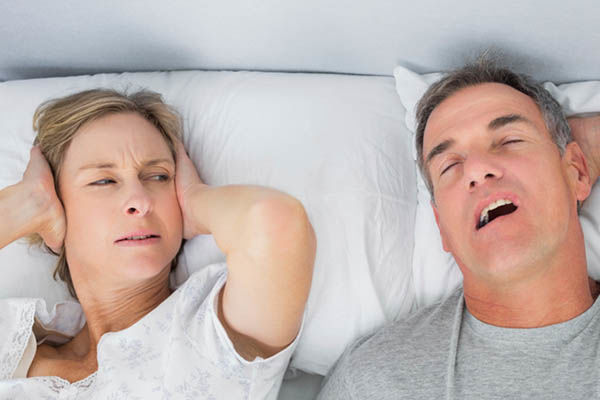Enquire Online
(07) 5540 3636
reception@jimboombasleep.com.auPhone
(07) 5540 3636
Mobile
0435 602 771
Fax
(07) 5540 3637
reception@jimboombasleep.com.au
Address
Shop 32 Jimboomba Shopping Centre (outside Woolworths)
Mt Lindesay Highway
Jimboomba 4280

What is it?
It is an involuntary pause of breathing that occurs during sleep. There are three main types of Sleep Apnoea:
Obstructive Sleep Apnoea (OSA): This is the most common form of sleep apnoea. The muscles in the jaw, tongue and neck can relax causing a narrowing or complete blockage of the airways. This blockage then stops air from entering the lungs therefore decreasing the body’s oxygen levels. Receptors will sense the change in oxygen then signalling for the body to breathe, this can interrupt the natural sleep cycles and result in excessive fatigue and tiredness.
Central Sleep Apnoea (CSA): This is a less common form and sleep apnoea. Unlike OSA, during a central sleep apnoea event breathing stops but the airways remain physically open. This condition is caused by the brains respiratory centre malfunctioning and interfering with the signal that is responsible for telling your body to breath. People with brain stem injuries such as stroke or brain tumours or those with chronic respiratory conditions, heart conditions such as congestive heart disease of atrial fibrillation are more at risk of developing CSA.
Mixed Sleep Apnoea: Mixed or complex sleep apnoea is a combination of both central sleep apnoea and obstructive sleep apnoea.
In each case, the interrupted breathing and lower oxygen levels will signal the body to begin breathing. Although this is vital to ensure regular breathing is resumed this process interrupts the natural sleep cycles preventing restful sleep. The sleeper is awoken from deep sleep for a short period of time, often not fully awoken to a conscious level. For this reason sleep apnoea can often go undiagnosed.
In most cases, the person suffering from sleep apnoea doesn’t realise they are waking up. This can occur hundreds of times every night, causing disrupted sleep and leaves the person feeling unrefreshed in the morning, with excessive daytime sleepiness, poor concentration, decreased work performance and fatigue.
Sleep Apnoea left undiagnosed or untreated can lead to a number of the following life threatening conditions:
Symptoms:
To find out more about OSA, please click here.